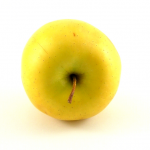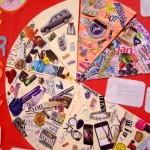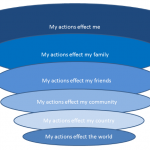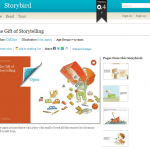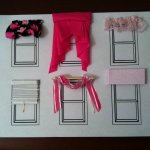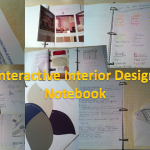
Serina wrote in asking if I had any resources for family consumer science interactive notebooks. Unfortunately a typical google search doesn’t produce anything but interactive notebook materials for science, English, and history classes. However, Interactive Notebooks are a great fit for Family and Consumer Science classes!


